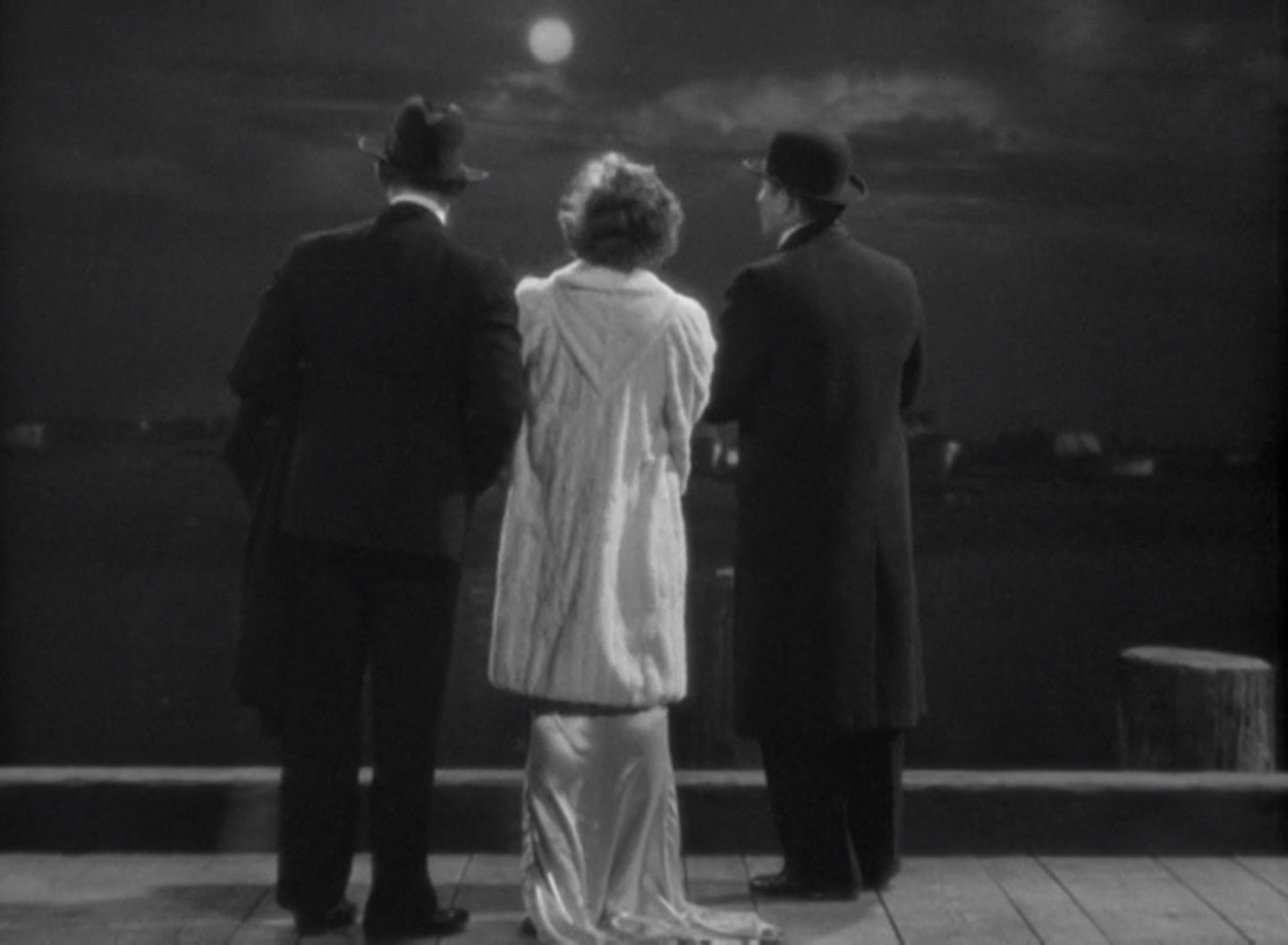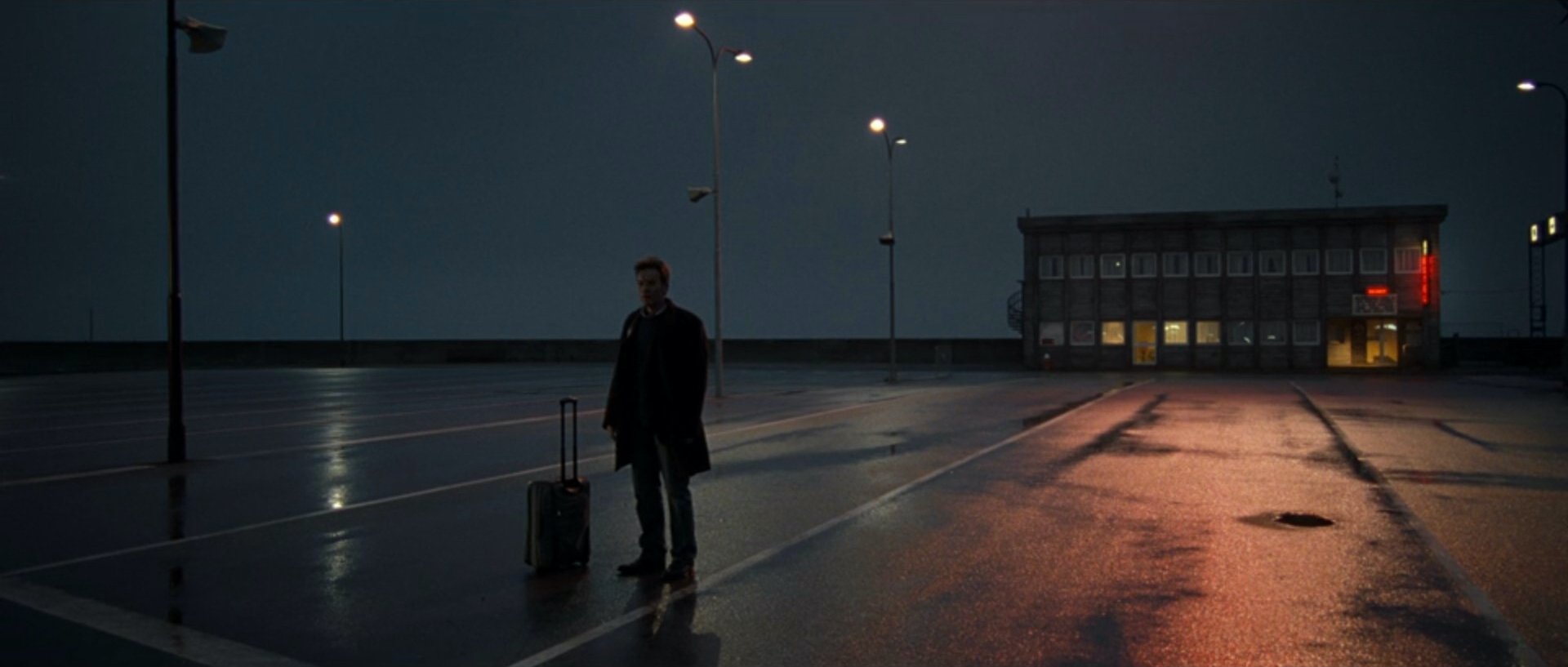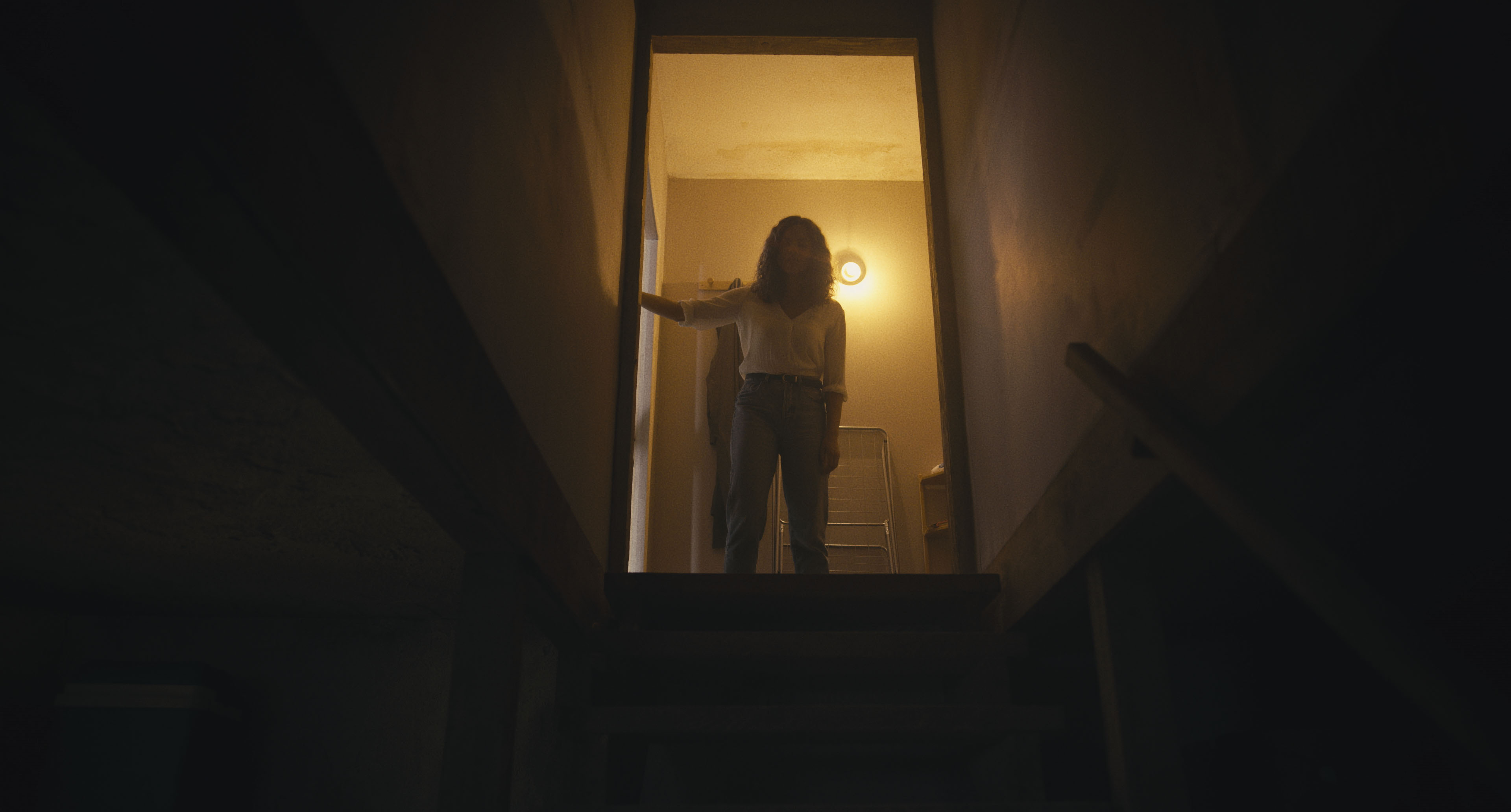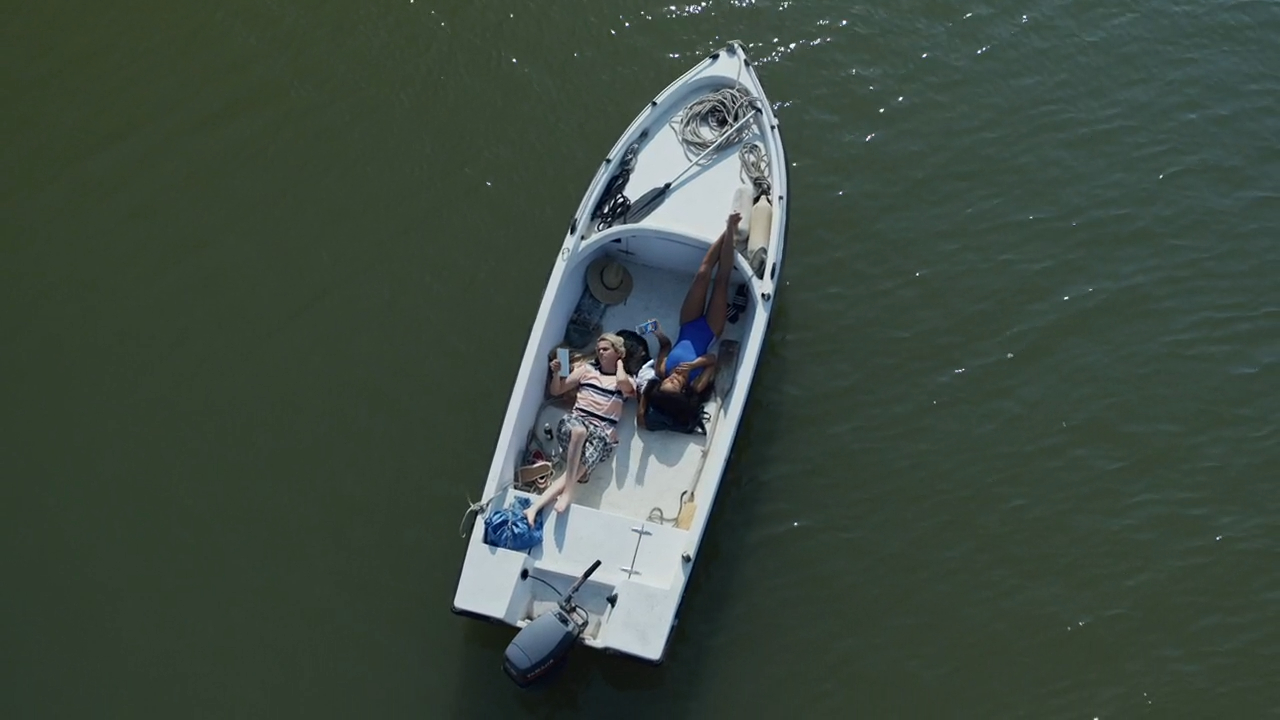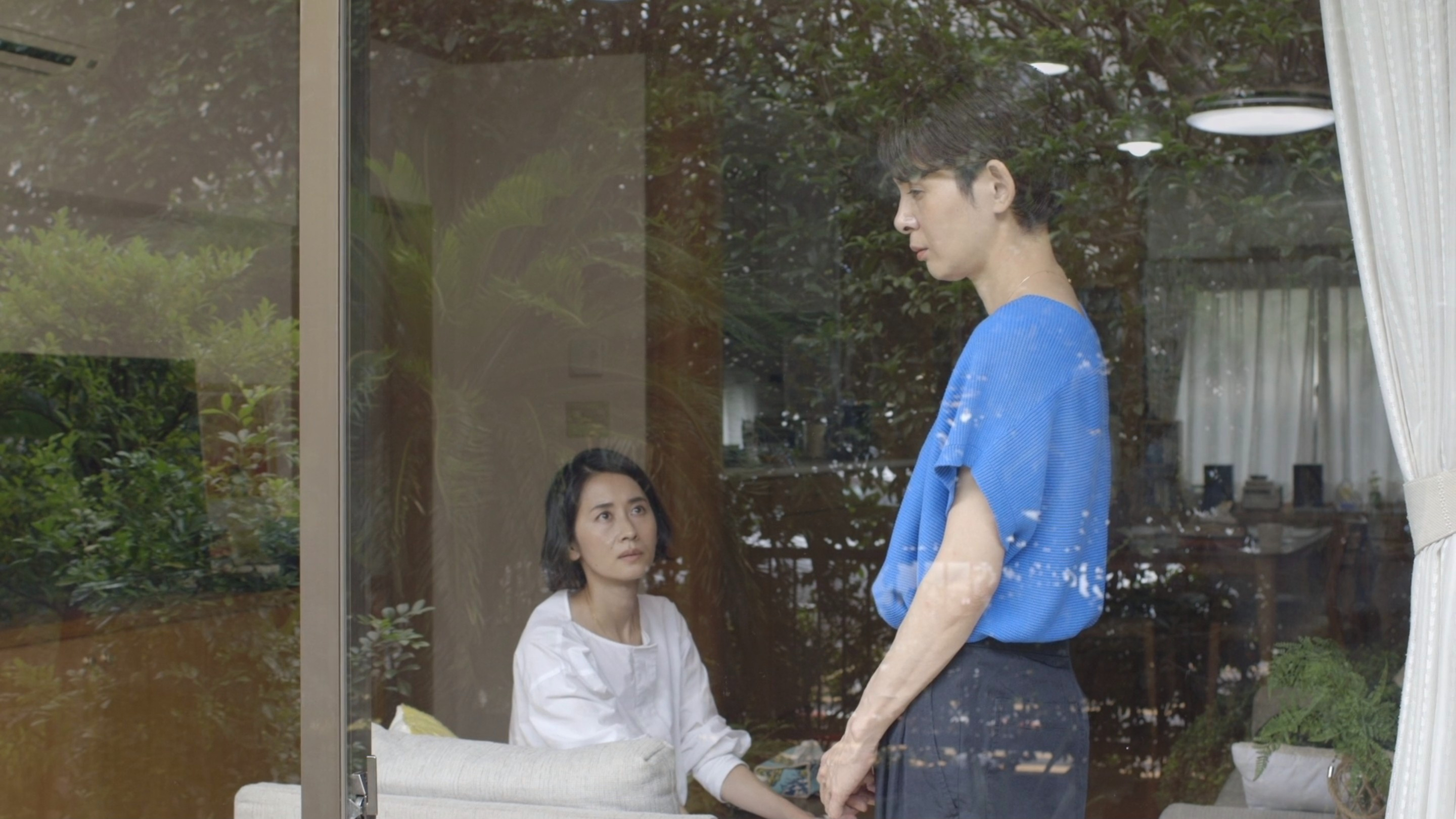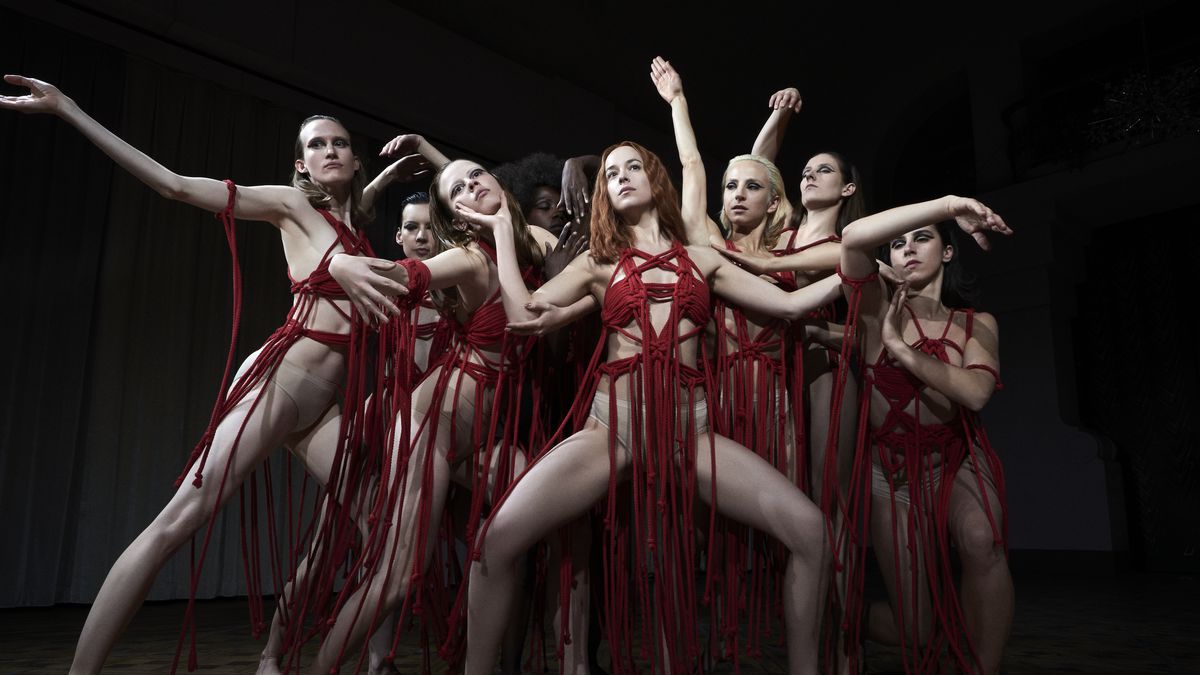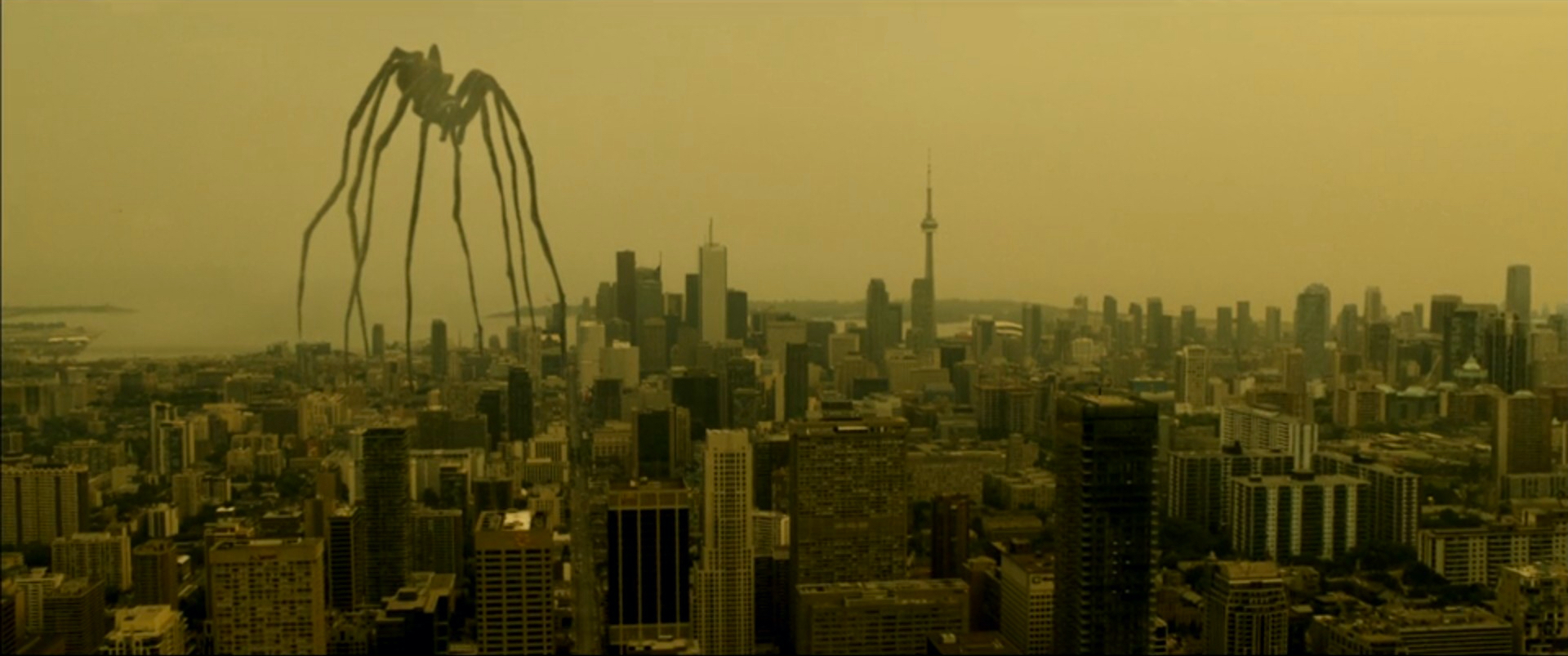Manhattan Melodrama (1934)
Tragedy marks the beginning and end of the brotherly love between Blackie and Jim in Manhattan Melodrama, touchingly binding them together as soulmates destined for incompatible lives on either side of the law, and by crafting such robust formal connections between them, W.S. van Dyke draws out a pair of internal struggles forcing them to confront their own principles and loyalties.

